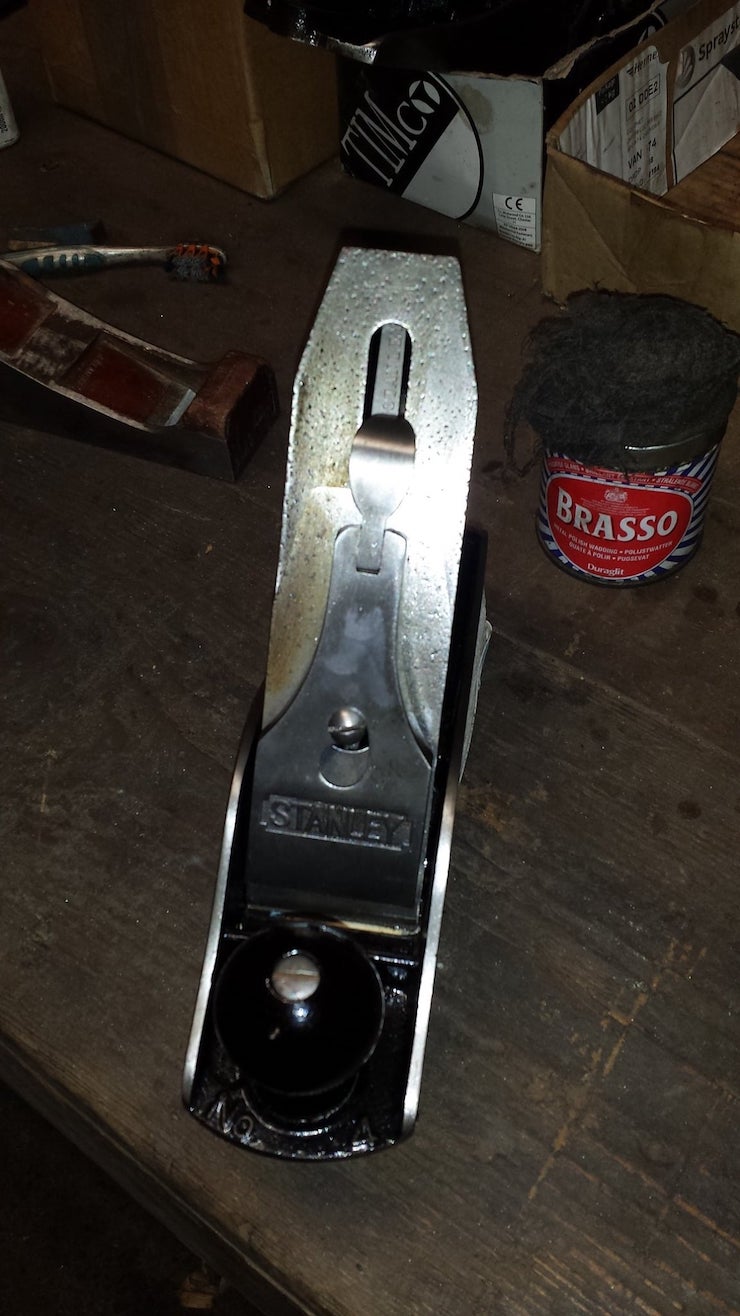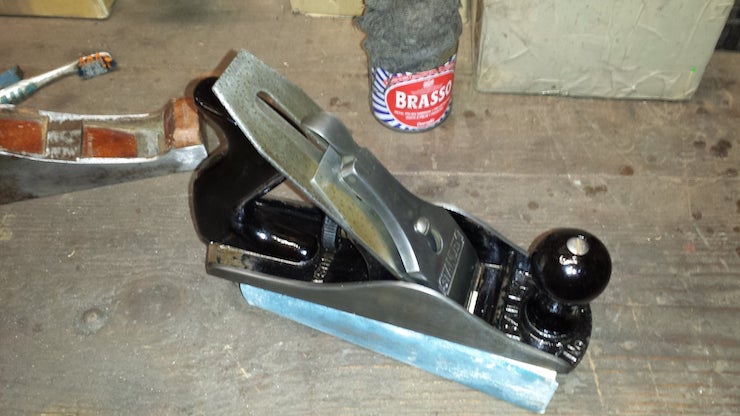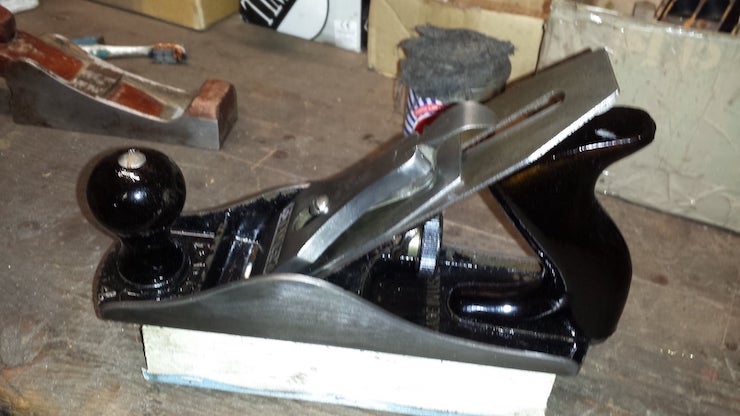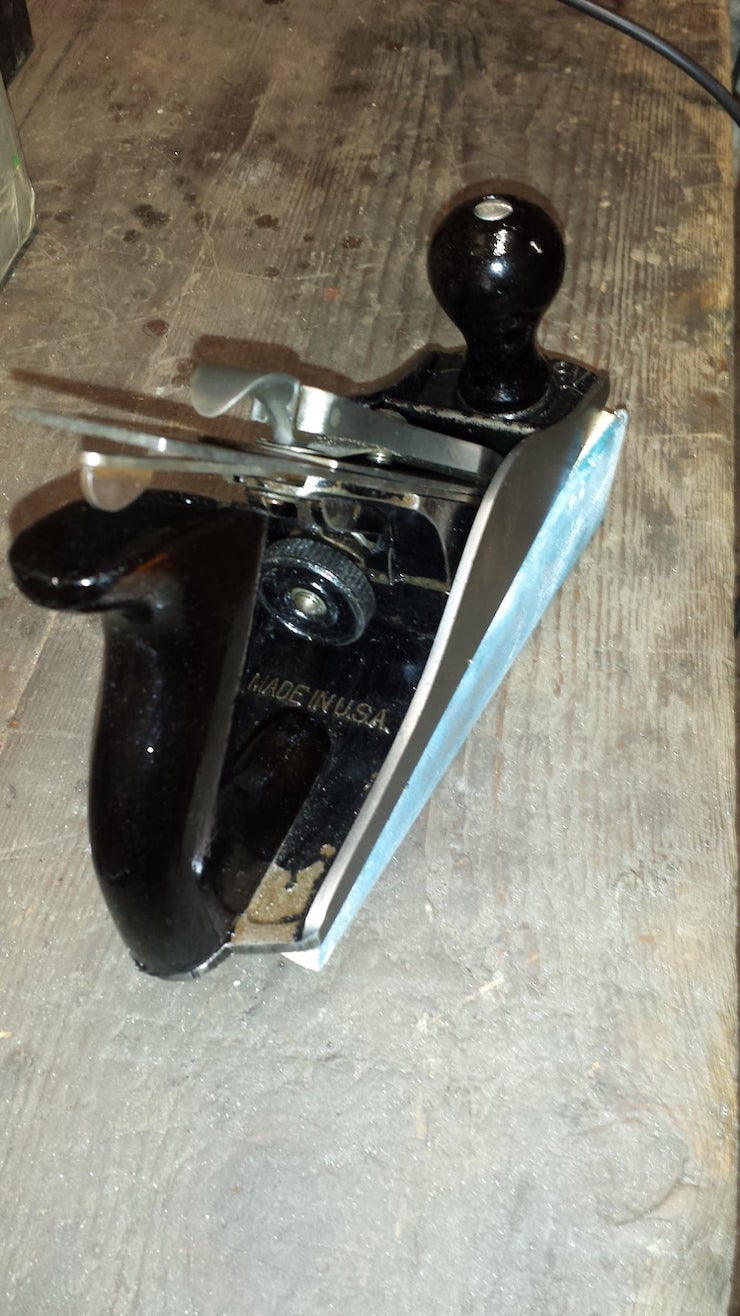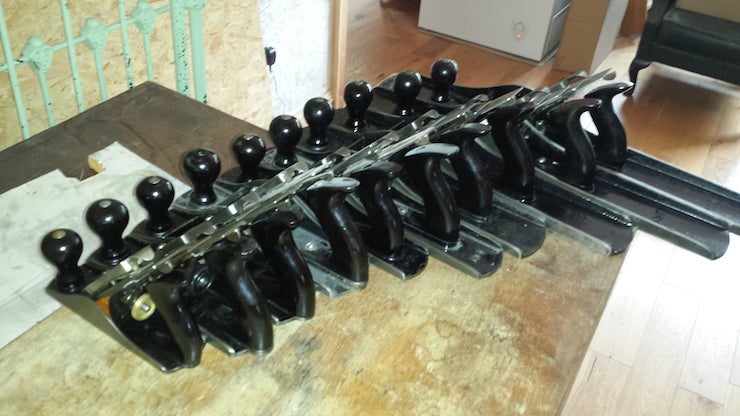Stanley Type 17 Planes
So you’ve probably heard lots of folks talking about ‘the type’ of a plane as in “hey that’s a nice Stanley number 3, what type is it”. Put simply they’re referring to both the time in history when it was made but more specifically ‘the type’ of a plane is used to describe when one design feature of a plane was changed significantly in terms of it’s integral components or functional design. For example any Stanley number 4 plane of types 1,2,3 or 4 didn’t have a lateral adjuster attached to the frog to alter the blade angle at the mouth…that was added with the inception of type 5 Stanley No4s.
Why is this relevant. Well some types are really interesting to collectors for a variety of reasons. Not always to do with their ability to do the job either. The type 11 planes are particularly popular and are considered great user planes, although the beautifully designed V logo on the blades of the later type 11s (the very first type 11s came with an arched logo on the blade….see there are even distinctions within type) could be the real reason collectors like them. So I just wanted to show you my favourite type and one of the most instantly recognisable types. The type 17 Stanley bench planes were produced from 1942 - 1945 during WW2 and that’s why they’re so distincitve. The things to look out for:
- They generally have a black hard rubber depth adjuster instead of brass because brass was in short supply during WW2 and was required for the war effort. For the same reason you shouldn’t see 2 part knob and tote rods with the brass nut.
- The knob and tote rods are a single component stainless steel threaded rod.
- it’s not uncommon to see the remains of black paint on the woodwork, it was still readily available during WW2 unlike shellac (which you see on all other woodwork) because shellac was an imported product and the imperial Japanese navy were having a grand time sinking boats carrying crucial supplies.
- the actual thickness of the casting itself is so obviously thicker than other types it’s hard not to notice it..particulaly on the cheeks of the plane. The general opinion for this is that many of the skilled labour force was called up for military service so Stanley had to hire lots of unskilled folks and they weren’t great at casting techniques so many of the first casts they tried were too fragile and kept breaking, so the thickness was increased to help prevent this.
- One final point, the No2 sized planes ignore all of this because they’re independent little non-conformists.
Below is a great example of a Stanley No4 from that era and naturally all the rest….enjoy
